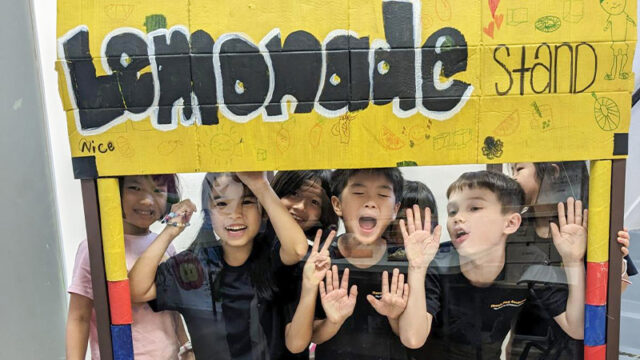Performing arts, musicals and drama for your kids
These students are loving what they do!
 Lifestyle Guide To Moving To & Living in Singapore - Expat Living
Lifestyle Guide To Moving To & Living in Singapore - Expat Living
Moving to Singapore and not sure where to start? Expat Living is the essential lifestyle guide to living in Singapore.

Primary 2 children take the lead in organising orientation
These students are loving what they do!
It’s a safe and friendly environment with non-judgemental support in different facets of life
Here’s what’s on offer at our international schools!
Which gives educators more creative freedom in academic activities?
Book a spot now!
We’re head over heels for these gymnastics and parkour classes in Singapore!
Game, set, match: Build key skills to improve your game
This overseas camp in Cebu has marine life and the environment as a focus
Watch out for these up and coming Singapore artists!
How does this community in Singapore go beyond speaking English?
It’s more than just a school building
Five core values that define this school